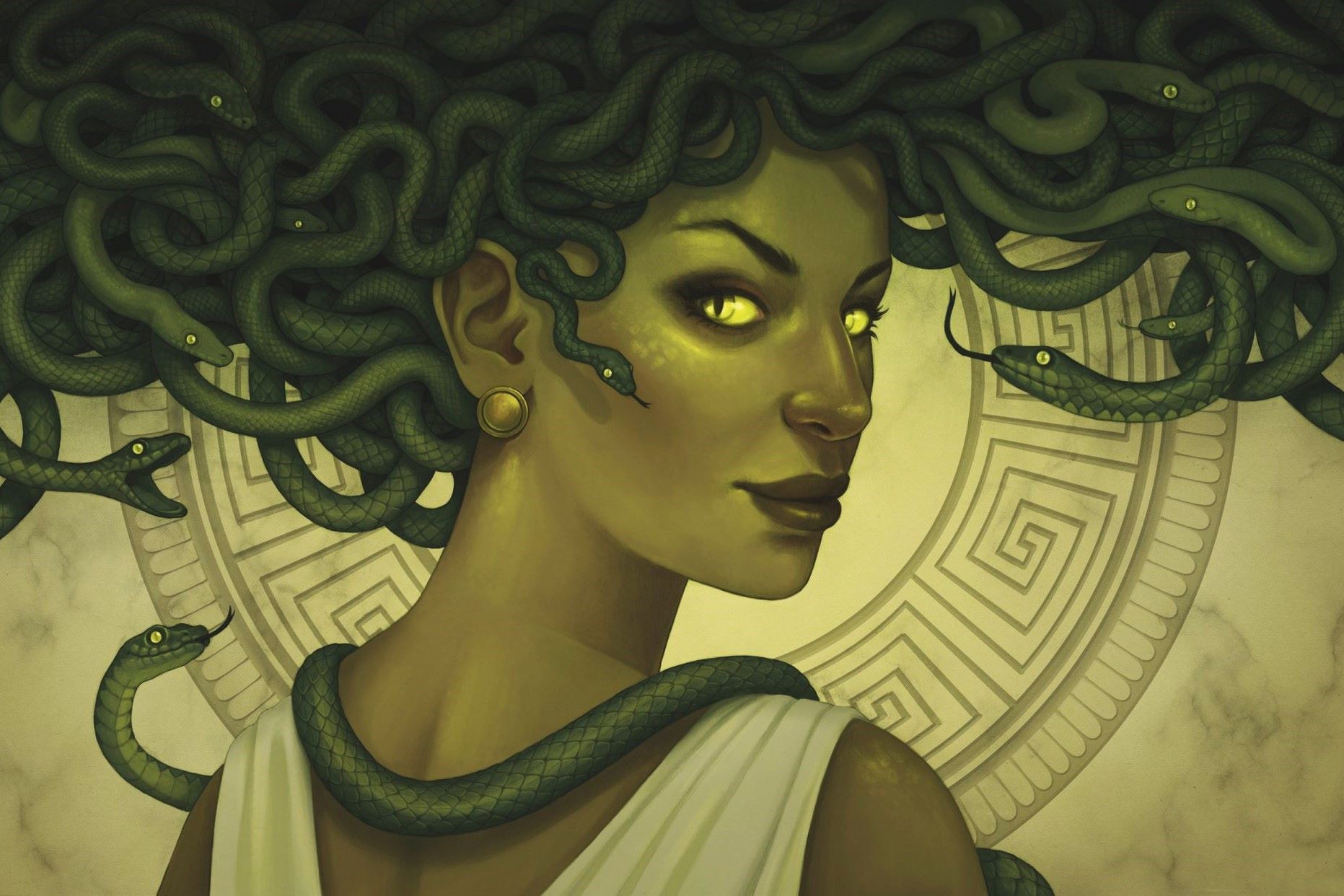
Mythology has always fascinated people with its rich stories and legendary characters. From the mighty gods of Olympus to the cunning tricksters of Norse tales, these myths shape cultures and beliefs. But how much do you really know about these ancient narratives? Did you know that the Greek god Zeus had over 115 children, or that Thor’s hammer, Mjölnir, was so heavy only he could lift it? Mythology isn’t just about gods and heroes; it’s a window into the values and fears of ancient societies. Whether you’re a fan of epic battles or curious about the origins of mythical creatures, these 28 facts will surprise and enlighten you. Get ready to dive into a world where the lines between reality and fantasy blur, and every story holds a deeper meaning.
Key Takeaways:
- Mythology offers a fascinating glimpse into the beliefs and values of ancient cultures, with stories of gods, heroes, and mythical creatures that have inspired art, literature, and movies.
- From Greek and Norse to Egyptian, Roman, Hindu, and Celtic mythology, each culture's stories reveal unique gods, epic battles, and legendary heroes that continue to captivate and influence modern culture.
28 Facts about Mythology
Mythology has fascinated humans for centuries. These stories, often filled with gods, heroes, and mythical creatures, offer a glimpse into the beliefs and values of ancient cultures. Here are some intriguing facts about mythology that might surprise you.
Greek Mythology
Greek mythology is one of the most well-known and influential mythologies in the world. It has inspired countless works of art, literature, and even modern-day movies.
- The Titans were the predecessors of the Olympian gods. The Titans, led by Cronus, ruled before being overthrown by Zeus and his siblings.
- Zeus was known for his numerous affairs. Despite being married to Hera, Zeus had many relationships with other goddesses and mortals.
- The Trojan War was sparked by a beauty contest. Paris of Troy judged a contest between Hera, Athena, and Aphrodite, leading to the abduction of Helen.
- Medusa was once a beautiful maiden. Cursed by Athena, Medusa's hair turned into snakes, and anyone who looked at her turned to stone.
- The Minotaur lived in a labyrinth. This half-man, half-bull creature was kept in a maze on the island of Crete.
Norse Mythology
Norse mythology, with its tales of gods, giants, and epic battles, has a unique and rugged charm. It has greatly influenced modern fantasy literature and pop culture.
- Odin sacrificed an eye for wisdom. To gain knowledge, Odin gave up one of his eyes at Mimir's well.
- Thor's hammer, Mjölnir, always returned to him. This powerful weapon was both a tool of destruction and a symbol of protection.
- Loki was a shape-shifter. Known for his trickery, Loki could change his form to deceive gods and mortals alike.
- Ragnarök is the end of the world. This apocalyptic event will see the death of many gods and the rebirth of the world.
- Yggdrasil is the world tree. This immense ash tree connects the nine worlds of Norse cosmology.
Egyptian Mythology
Egyptian mythology is rich with gods and goddesses who played crucial roles in the lives of ancient Egyptians. Their stories often revolve around themes of creation, death, and the afterlife.
- Ra was the sun god. He traveled across the sky during the day and through the underworld at night.
- Osiris was the god of the afterlife. Murdered by his brother Set, Osiris was resurrected by his wife Isis.
- Anubis was the god of mummification. Often depicted with a jackal head, Anubis guided souls to the afterlife.
- The Sphinx has a lion's body and a human head. This mythical creature guarded important sites and posed riddles to travelers.
- Horus had a falcon head. Known as the god of the sky, Horus avenged his father Osiris's death.
Roman Mythology
Roman mythology borrowed heavily from Greek mythology but also had its own unique elements. The Romans adapted Greek gods and gave them Latin names.
- Jupiter was the king of the gods. Equivalent to Zeus, Jupiter ruled over the heavens and earth.
- Mars was the god of war. Unlike the Greek Ares, Mars was also associated with agriculture and fertility.
- Venus was the goddess of love. Similar to Aphrodite, Venus was revered for her beauty and romantic influence.
- Romulus and Remus founded Rome. According to legend, these twin brothers were raised by a she-wolf.
- Saturn was the god of time. Known as Cronus in Greek mythology, Saturn was associated with the harvest.
Hindu Mythology
Hindu mythology is vast and complex, with a rich tapestry of gods, goddesses, and epic tales. It is deeply intertwined with the religion and culture of India.
- Brahma is the creator god. Part of the Hindu trinity, Brahma is responsible for the creation of the universe.
- Vishnu is the preserver. Another member of the trinity, Vishnu maintains the order and harmony of the cosmos.
- Shiva is the destroyer. The third member of the trinity, Shiva's role is to destroy in order to recreate.
- The Ramayana is an epic tale. This ancient story follows the adventures of Prince Rama and his quest to rescue his wife Sita.
- The Mahabharata is one of the longest epic poems. It tells the story of the Kurukshetra War and includes the Bhagavad Gita.
Celtic Mythology
Celtic mythology is filled with enchanting tales of gods, heroes, and magical creatures. It reflects the beliefs and traditions of the ancient Celtic people.
- The Tuatha Dé Danann were a race of gods. These deities were skilled in magic and ruled Ireland before the arrival of the Milesians.
- Cú Chulainn was a legendary hero. Known for his incredible strength and bravery, Cú Chulainn defended Ulster from invaders.
- The Banshee is a harbinger of death. This wailing spirit is said to appear before the death of a family member.
Final Thoughts on Mythical Creatures
Mythical creatures have fascinated humans for centuries. From dragons to unicorns, these beings spark our imagination and curiosity. They often reflect cultural values, fears, and aspirations. For instance, dragons symbolize power and chaos in many cultures, while unicorns represent purity and grace.
These creatures also serve as metaphors in literature and art, helping us explore complex themes. Mermaids, for example, can symbolize the unknown depths of the ocean and human emotion. Phoenixes embody rebirth and resilience, inspiring countless stories of transformation.
Understanding these myths can enrich our appreciation of different cultures and their histories. They remind us that storytelling is a universal human experience, connecting us across time and space. So next time you encounter a mythical creature in a book or movie, remember its deeper significance and the rich tapestry of human imagination it represents.
Frequently Asked Questions
Was this page helpful?
Our commitment to delivering trustworthy and engaging content is at the heart of what we do. Each fact on our site is contributed by real users like you, bringing a wealth of diverse insights and information. To ensure the highest standards of accuracy and reliability, our dedicated editors meticulously review each submission. This process guarantees that the facts we share are not only fascinating but also credible. Trust in our commitment to quality and authenticity as you explore and learn with us.


